Good Weather Hurt Many Oregon Industries Economically
Thursday, March 19, 2015
The balmy weather Oregon is experiencing, although pleasant, does not bode well for some of the state’s biggest industries.
The early, hot spring poses risks to Oregon’s wine industry, crops, forest services, apiculture (bees), outdoor recreation including rafting, and has taken a serious toll on the state’s winter sports industry.
Slides Below: Oregon Industries Jeopardized by Warm Weather
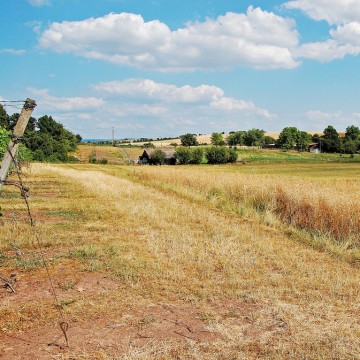
“This has been a very, very stingy snow season for us,” said Mt. Hood Meadows spokesman Dave Tragethon. The total number of visits for the resort was down by roughly one third, unable to open until December 22, almost a month late. A usual staff of 900 was cut down to about 600, Tragethon said.
At a lower elevation of 3,600 feet on Mount Hood, Ski Bowl had roughly 11 days of operation all season, and has not been open since Jan. 4. The resort is turning to summer recreation activities such as mountain biking in the hopes of generating some revenue this spring break.
Of Oregon’s 13 ski resorts, only a handful stayed open for most of the year, including Timberline, Mount Bachelor, Mt. Hood Meadows, and Anthony Lakes Mountain Resort. Hoodoo Ski Area, near Sisters, was open just ten days. Warner Canyon did not open at all. Cooper Spur and Willamette Pass did not open until January, while Ski Bowl, Ferguson Ridge, Mount Ashland, and Spout Springs could not consistently remain open.
Governor Kate Brown declared a drought emergency Tuesday in Lake and Malheur counties, both of which rely on agriculture as a key industry. A snowpack between six and 40 percent of normal was the leading factor in the decision, according to Keith Mills of the Oregon Water Resource.
It’s not only precipitation that’s down -- temperatures and freezing levels are up, meaning less snow at higher levels to fill water reservoirs later in the year.
Natural Resources Conservation Service data indicates most Oregon basins are below 50 percent of median snow-water equivalent for this time of year, some below 10 percent, even though precipitation is down only slightly.
According to data released by the National Oceanic and Atmospheric Administration Wednesday, the earth had the warmest December to February on record.
Wine
When Spring arrives early, all biological processes get going earlier, including one of the most finicky Oregon crops -- grapes, which sustain a $3.35 billion industry annually and provide more than 17,000 jobs through 950 vineyards and over 600 wineries.
Due to the warm weather, vineyards across the state are experiencing “bud break” -- the buds coming out of the vine -- about three weeks earlier than normal, two weeks earlier than in 2014, said Oregon State University Vitriculture expert Patty Skinkis.
“The main concern has to do with the potential for frost damaging growing tissues,” Skinkis said. “Once they start growing that green tissue, it’s susceptible to frost.” Frost damages the most fruitful shoots, making for a significant reduction in yield.
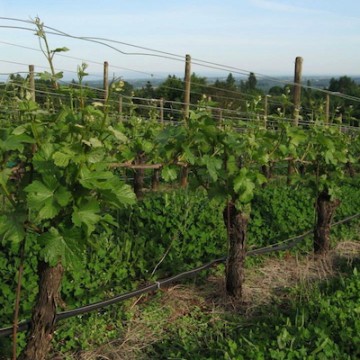
“If we get an arctic blast in the next few weeks it would devastate everything, although the likelihood of that is not very high,” Skinkis said.
Frost protection methods take time, and come at a point in the season when growers are racing against the clock to prepare their vines.
Chad Vargas, vineyard manager at Adelsheim Vineyards, which stretches 250 acres in the Willamette Valley, said it costs roughly $50 an acre in labor to prepare the vines against frost.
He is more concerned about the risk of rust mites because buds have erupted, but have not broken yet, a phenomenon caused by warm weather followed up by colder temperatures.
Once the bud is out, vineyards cannot spray herbicides for weed control, which means the vines need to be weeded by hand. Unexpected warm weather changes the timing of processes that, once they begin unfolding, are unstoppable.
“Some of us are getting pinched with finishing work that’s higher priority,” Vargas said.“Timing is everything."
Agriculture
Farmers in Oregon’s crop-producing regions are set to take a hit this year. With drought emergencies already declared in Lake and Malheur counties, farmers will have to decide which crops to focus their efforts on -- usually those that can produce the highest yield for the least amount of water.
Jason Spriet, Oregon Water Resource Eastern Region Manager, said reservoirs are down to 25 percent of normal levels in Baker County already.
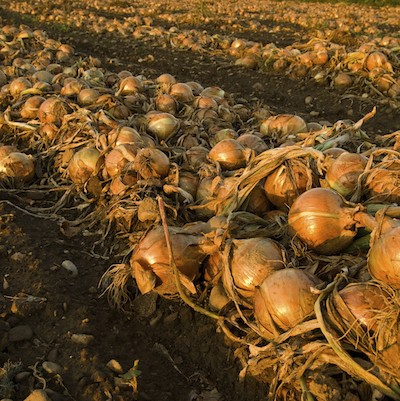
He said overall crop yields will be lower, as farmers focus more on money-making crops, switching to crops like wheat which get higher yield for less water.
The snowpack is less that 10 percent of normal levels in Klamath County, where experts expect a drought emergency will be called by April.
“The economic impact is big, it’s reduced acres for our county,” said Bryan Charleton, a research agronomist who studies potatoes in the Klamath Valley.
The Eastern and Southern Oregon regions are not big enough to make a dent in the nation’s food supply, but yield reductions for trademark crops like onions, potatoes and peppermint are yet another challenge to an already economically struggling region.
Forest Fires
In 2013 and 2014, both drought years, Oregon had two of the most expensive, damaging years for forest fires on record. There is no indication 2015 will be any different, said Oregon Department of Forestry (ODF) Public Affairs Specialist Rod Nichols.
“We’re certainly concerned about the dry conditions, and uneasy about the continuing drought” he said.
In 2013, firefighting costs ran an all-time record of $122 million, as crews battled more than 100,000 acres. The state tapped a $25 million insurance policy, and turned to the state’s general fund to pick up the over run.
In 2014, the ODF spent $75.6 million fighting over a thousand fires that burned more than 50,000 acres of forest. Again the state tapped its full insurance policy of $25 million and the over run came out of the state’s general fund.
This year, the state is struggling to get insured. Oregon is the only state that purchases such insurance, with the intention to protect the state’s general fund from forest fire related costs.
At the very least, the drought conditions will mean an early start to fire season, while low snowpack levels means a greater likelihood of fires at higher elevations where there is usually snow.
“If the drought persists into summer, fires will spread fast, and we’ll have extreme fire behavior to deal with,” Nichols said. Ultimately, the occurrence of forest fires depends on lighting. Nichols said he expects the state to be insured by late March or April.
Bees
The behavior of bees, which pollinate roughly one sixth of the planet’s flowering plants, is also affected by early warm weather.
Bees are coming out early, signalled by the early bloom of flowers.
“It’s a worry that if the weather doesn’t stay like this, if it gets rainy or cold, the bees can’t sustain themselves,” said entomologist Ramesh Sagili.
“If bees die, then pollination becomes a problem,” Sagili said. “Agricultural crops are very dependent on honey bees.”
Rivers
Lower snowpack means less water in the rivers. Some outdoor recreational industries, such as river rafting, will take a hit this summer.
Craig Wright, owner of Oregon River Company since 1978, said he expects low water levels to negatively impact the bottom line of the company, which employs 25 full and part time staff.
“It’s tense,” he said. “It’s not unprecedented but it’s pretty darn unusual.”
The Owyhee river is at 34 percent of its usual volume for March.
“We don’t expect to run trips at all there this year,” Wright said. A key problem for business will be the perception, Wright said, that the rivers are low, and potential customers won’t think to book rafting trips.
But even while some industries throughout the state struggle, as the tourist season picks up in Portland, others are thriving.
Some industries are benefiting from the warm weather, particularly restaurants with patios. Three Degrees, on Portland’s Southwest waterfront, has seen 30 percent more business since the nice weather began, according to manager Ashley Frias. Typically, the patio does not open until May.
Related Slideshow: Oregon Industries Jeopardized by Warm Weather
The balmy weather Oregon is experiencing, although pleasant, does not bode well for some of the state’s biggest industries.
The early, hot spring has posed risks to Oregon’s wine industry, crops, forest services, apiculture (bees), outdoor recreation such as rafting, and has taken a serious toll on the state’s winter recreation industry.

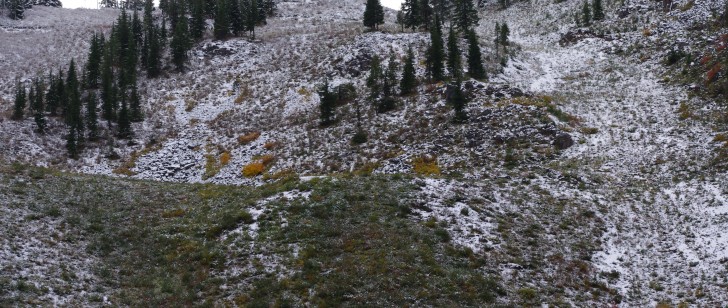
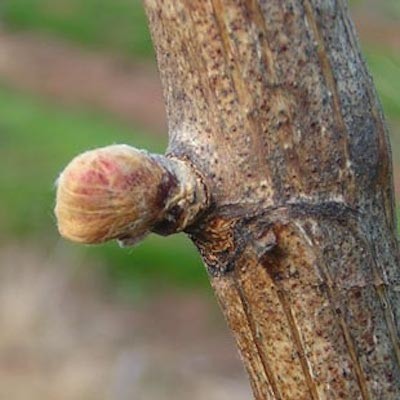
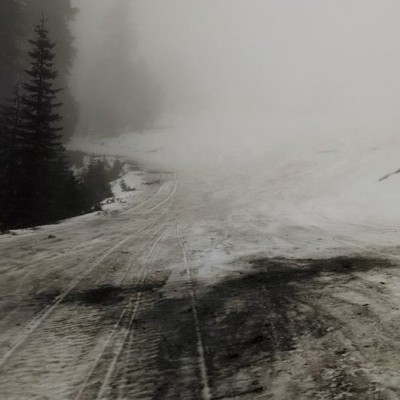
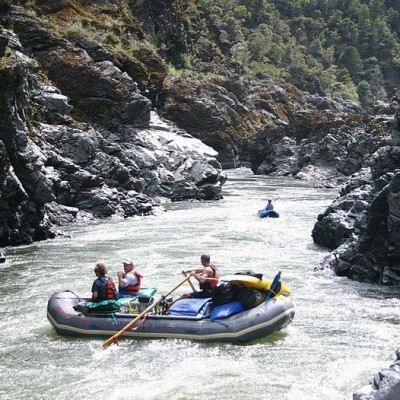
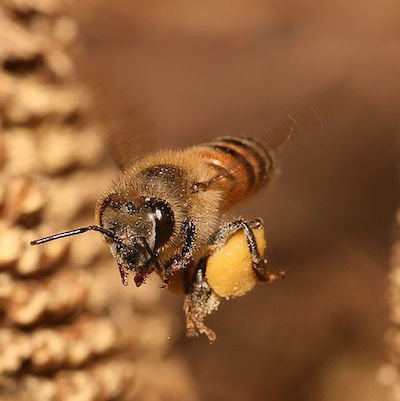
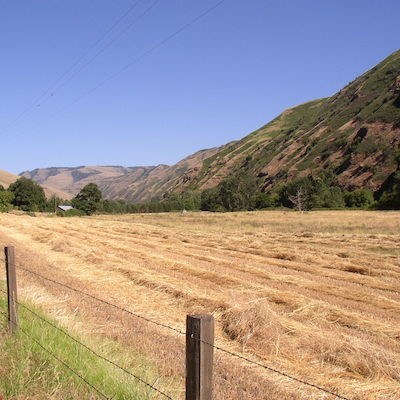
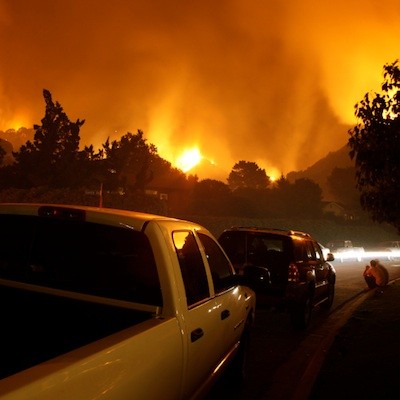









Follow us on Pinterest Google + Facebook Twitter See It Read It